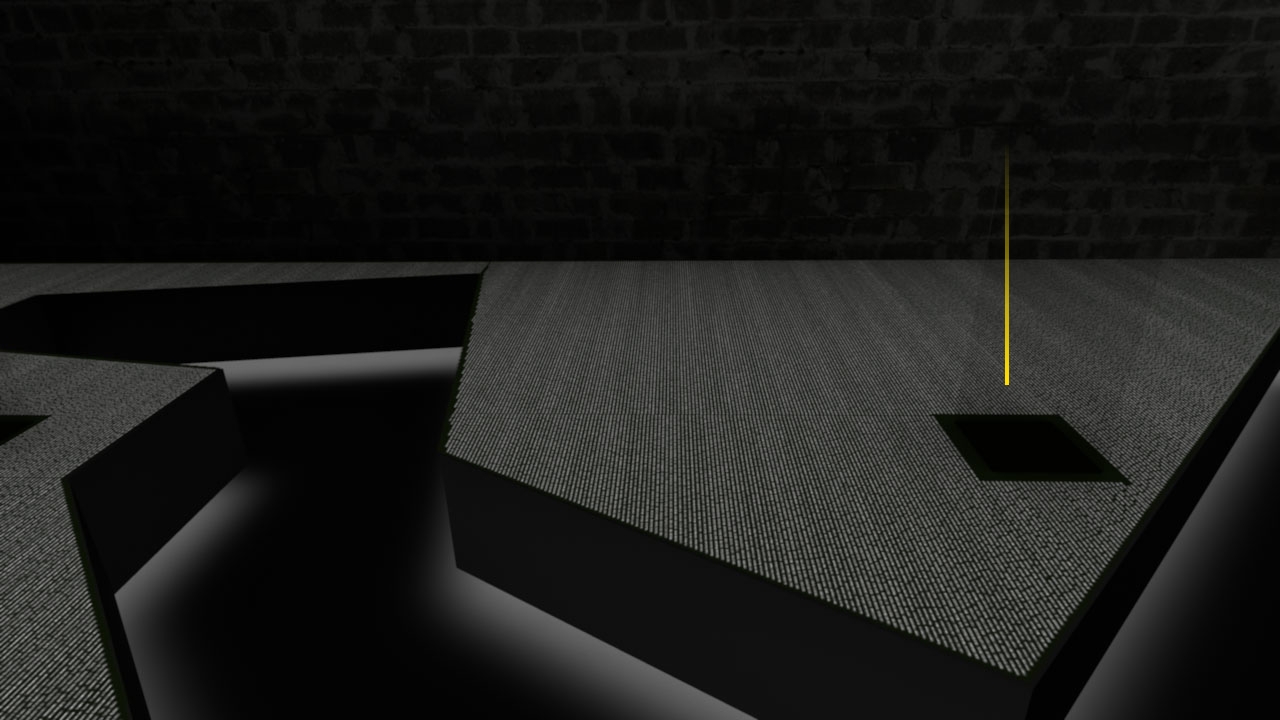Augustinus Herreman 1885 - 1945
Born 16.11.1885 in Sint-Niklaas
Died 10.1.1945 in Gusen
Biography
1. His story
Augustinus Herreman, born on November 16, 1885, was a native of Hamme and was known as “Stin, the dyer”. In 1908 he married Célestine Vereecken and the couple had 3 children, Jeanne, Maria and Rachel. During the First World War, Stin was taken prisoner in August 1914 as a member of the 10th Line Regiment. It was not until January 1919 that he returned to Belgium.
In August 1942 he was arrested for his resistance activities within the National Royal Movement (Nationale Koninklijke Beweging, NKB) and disappeared into the Nazi camps. His family was only told that he had finally died in Mauthausen on 10 January 1945. The NKB was an active association with almost 4,000 members. She stood up against compulsory labour and supported the people who refused to work, collected intelligence of a military nature, gave help to Jews in hiding and Allied pilots. The organization also had several clandestine magazines. The NKB itself indicates that Stin was also the co-founder of the Kern NKB in Hamme. He recruited several new members, organized small groups, hid weapons and dangerous papers (including membership lists and membership cards). Or again: “Un de nous plus pur résistants du secteur” After the war, the Belgian government acknowledged that he was a “very active member of the National Royalist Movement”. In an In memoriam published after the war, the NKB described him as follows:
“During the first months of the occupation, which discouraged so many people because everything was against us, he had the courage to cheer everyone up and oppose the occupier. He did not go backwards for anyone on that point and many a black traitor has heard it from him quite a bit […] he proudly pointed to the national bow tie that never left him.”
2. His arrest
On 11 August 1942, following a tip-off to the occupying forces, the Feldpolizei raided the house in Drapstraat in Hamme and he was arrested. Although he had several incriminating documents in his home at the time, they were never found during the search. Rachel Herreman always told the story of how her father had hidden it in her blouse as a 16-year-old girl. Stin is said to have been deported to Ghent where he spent a short time in captivity. From then on, his ordeal through the German camps would begin.
3. Nacht und Nebel
As an active member of the resistance, Stin was granted the Nacht und Nebel status. This statute, introduced by the Nazis in 1941, was aimed at resistance activities in Western Europe, among other things. By suddenly arresting individuals without warning and making them disappear into the camps (hence the name) they wanted to intimidate and discourage the population. Prisoners’ families were not given any information about their condition or location, and the prisoners themselves were denied all contact with the outside world. They also received “special” treatment in captivity and thus had to endure even more severely, if possible. Stin was given number NN 17397. Although he seems to have been given a new number in every camp he arrived, this number remained a constant.
4. The agony of the camps
The information below is not exhaustive and is based on the documents provided by the International Tracing Service and the archives of Dachau and Mauthausen memorials. The first time Stin appears in Strafgefängnis Bochum where he had number 1601/42. He was imprisoned here from 23 September 1942 to 22 May 1943, after which he was transported to Hamelin prison. There is no information available of his imprisonment in the “Zuchthaus Hameln, Strafanstalt Hameln”. Prisoners were enlisted in the war industry and the conditions were particularly harsh. It is said that 853 men from the Benelux were imprisoned during the war, of which 220 did not survive. He must then have spent some time in KL Sachsenhausen near Berlin. The only thing known about this period at the moment is his number: 73513.
This concentration camp was one of the most important and central camps for Nazi Germany, both in terms of training for future camp personnel elsewhere and part of German industry. During the war years, more than 200,000 prisoners passed through the camp and between 30,000 and 35,000 were murdered. Stin was then transported to KL Natzweiler near Strasbourg where he arrived on 18 June 1944 and was given number 102360. Records of his arrival have been kept concerning the initial interrogation, his belongings and his medical condition at that time. Among the meagre possessions, the pipe stands out, undoubtedly one of the few pleasures he could enjoy. In the meantime, the medical examination indicates a poor general health at that time. With his height of 1m70, he weighs only 55kg at that time. The research speaks of “Krampfadern bd. U'Schenkel & Oedeme” or varicose veins on the lower legs and fluid retention. Striking (and telling?) is the description of the teeth: “lückenhaft ohne Gold” or crumbly without gold.
In the autumn of 1944, the Allied troops were fast approaching, and the Nazis were forced to close the camp. On 4 September, Stin and 1100 other prisoners were put on a transport to Dachau, near Munich, where they would arrive on 6 September. In Dachau itself, Stin would only stay for a very short time. Barely a week later, on 14 September 1944, he was again deported, this time in the direction of Mauthausen in former Austria. On the transport list of that day, his name has been added by hand. The transport arrived in Mauthausen on 16 September 1944. Stin is given another number: 98232. KL Mauthausen is in fact a complex of different camps. It’s not clear whether Stin was sent to Gusen immediately or only later. In any case, what is clear is that he had a hard time. On 28 November, the political department of the camp issued an order to treat a group of 35 prisoners, including himself, as “NN-Häftlinge zu behandeln sind”.
On January 10, 1945, at 6:10 a.m., Stin dies. Gusen’s registers indicate that he died of “Herzmuskelschwäche, Eitriger Dickdarmkatarrh” which can be translated as a weak heart and colitis with pus. The Mauthausen Memorial archive warns, however, that the written cause of death does not necessarily reflect reality.
That day, 34 prisoners were killed, all between 4 and 8:30 a.m., according to the Veränderungsmeldung of January 11, 1945. Between 1938 and 1945, nearly 200,000 people were deported to the Mauthausen camps and about half of them did not survive. Mauthausen was particularly deadly for the Belgian prisoners: Of the 1,000 deportees, because of their political or resistance activities or because of their race, 800 lost their lives.
Of the nearly 4,000 NKB members, about 300 are said to have been arrested. 166 of them died in German prisons and concentration camps, many with a Nacht und Nebel status. Stin was one of these 166.
Michael Aendenhof, great-grandson (his daughter Rachel was my grandmother)
Location In room

